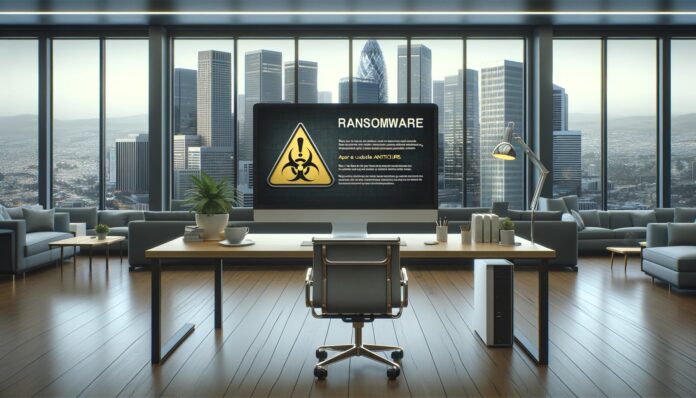
Ransomware attacks are among the most perilous threats facing individuals and organizations today. They lock or encrypt critical files, rendering them inaccessible until a ransom is paid. Despite paying the ransom, there are situations where the provided decryptor fails to restore your files. If you find yourself in this unfortunate scenario, here’s a comprehensive guide on what steps to take:
1. Verify the Problem
Before taking further action, ensure that the decryptor is indeed malfunctioning. Verify that:
• You are using the correct decryptor for the ransomware variant that infected your system.
• The decryption process was followed accurately, according to the instructions provided by the attacker.
• The files were correctly targeted by the decryptor and were not damaged or corrupted in the process.
2. Consult Cybersecurity Professionals
If the decryptor fails to work, reach out to cybersecurity experts immediately. These professionals can:
• Analyze the Decryptor: Verify if the decryptor is compatible with your ransomware strain and investigate why it isn’t functioning as expected.
• Examine the Encrypted Files: Determine if the encryption method has unique characteristics that might require a different approach.
• Provide Advanced Solutions: Offer alternative methods or tools that might be effective in decrypting your files.
3. Report the Incident
Report the ransomware attack to relevant authorities:
• Local Law Enforcement: Inform them of the attack, as they may have additional resources or advice.
• National Cybersecurity Agencies: Many countries have agencies dedicated to handling cybersecurity incidents and can offer support or guidance.
• Cybercrime Units: Specialized units often work on ransomware cases and may provide assistance or even investigative support.
4. Assess Your Backup Options
Check if you have backups of the affected files. If so, assess the following:
• Backup Integrity: Ensure the backups are up-to-date and not infected with ransomware.
• Restore Procedure: Use the backups to restore your files, ensuring that your system is clean before doing so.
5. Evaluate Decryption Alternatives
If the decryptor provided by the attacker fails, consider these alternatives:
• Decryption Tools from Security Vendors: Sometimes, cybersecurity companies develop decryption tools for specific ransomware strains. Research or consult with professionals to find out if such tools are available.
• Online Ransomware Communities: Platforms like No More Ransom (nomoreransom.org) offer decryption tools and advice for various ransomware strains. Check if your ransomware variant is listed.
6. Improve Future Security Measures
Learn from the incident and take steps to enhance your cybersecurity posture:
• Update and Patch Systems: Regularly update software and systems to protect against vulnerabilities exploited by ransomware.
• Implement Comprehensive Backup Solutions: Use automated and regular backups stored in multiple, secure locations.
• Educate Yourself and Your Team: Conduct training sessions on recognizing phishing attempts and other ransomware delivery methods.
7. Consider Legal and Financial Advice
In cases where ransomware attacks have significant impacts:
• Consult Legal Advisors: Understand your legal obligations and rights regarding data breaches and ransomware payments.
• Seek Financial Counsel: Assess the financial impact of the attack, including the costs of recovery and potential insurance claims.
8. Stay Informed
Ransomware tactics and decryption tools evolve rapidly. Stay informed about the latest developments in cybersecurity to better prepare for and respond to future threats.
Conclusion
Facing a ransomware attack and finding that a decryptor does not work can be an incredibly stressful situation. By taking these steps—verifying the problem, seeking professional help, reporting the incident, exploring backup and decryption alternatives, and enhancing future security measures—you can navigate the aftermath more effectively and safeguard against future threats. Always remember that prevention and preparedness are key to mitigating the impact of such attacks.
Ad
